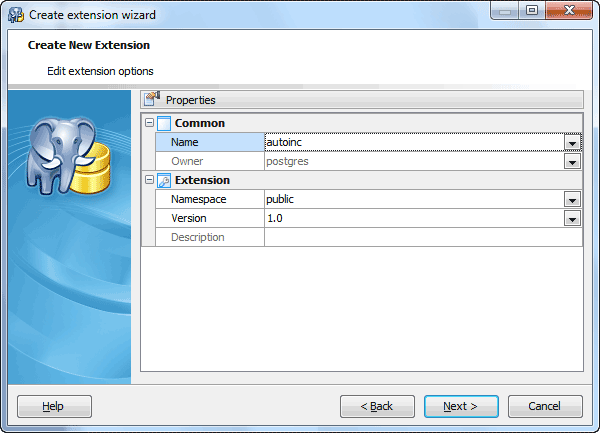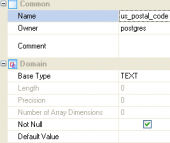PostgreSQL Maestro online Help
| Prev | Return to chapter overview | Next |
Extensions
The Extensions node of the Explorer tree shows extensions loaded into the current database. Loading an extension essentially amounts to running the extension's script file. The script will typically create new SQL objects such as functions, data types, operators and index support methods. The process of extension creating additionally records the identities of all the created objects, so that they can be dropped when the extension will be dropped. The extensions currently available for loading can be identified from the pg_available_extensions or pg_available_extension_versions system views.
To load a new extension into the current database,
| • | select the Extensions list or any object from that list in the explorer tree; |
| • | use the Create New Extension ... item from the popup menu or press Ins; |
| • | specify options of the extension to be loaded in the Create Extension Wizard. |
The basic principles of Create Object Wizards in PostgreSQL Maestro are explained in a separate topic. Below you will find a description of wizard steps that are unique for the current object.
Name
The name of the extension to be installed. PostgreSQL will create the extension using details from the file SHAREDIR/extension/extension_name.control.
Namespace
The name of the schema in which to install the extension's objects, given that the extension allows its contents to be relocated.
Version
The version of the extension to install. This can be written as either an identifier or a string literal. The default version is whatever is specified in the extension's control file.

To see details of loaded extensions, use the corresponding editor.
| Prev | Return to chapter overview | Next |





 Download
Download Buy
Buy
